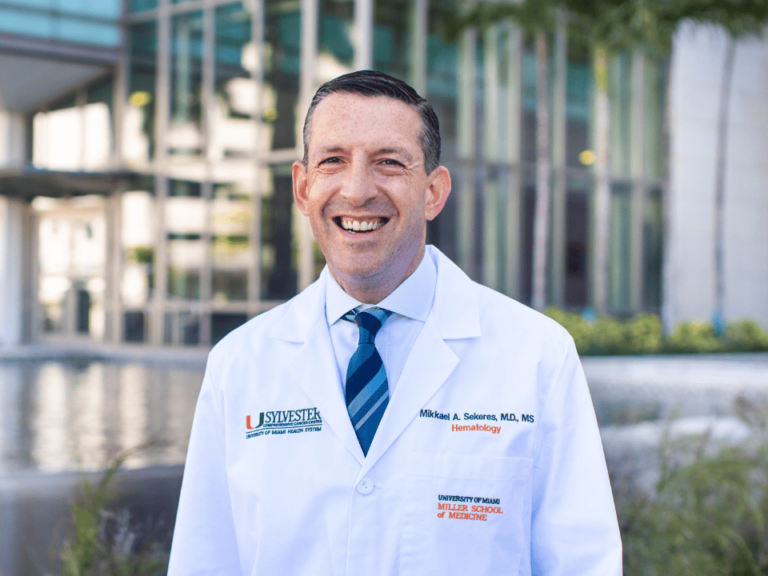The National Institutes of Health has awarded a $1.2 million grant to the Mount Sinai Microscopy Core for a state-of-the-art microscope with resolution capabilities that can show structures as small as viruses. The instrument will be used by research teams throughout Mount Sinai Health System.
The grant will fund the purchase of a Leica TCS SP8 STED 3X, a super-resolution microscope, the first at Mount Sinai Health System. This new microscope will allow researchers to perform fluorescence nanoscopy and the ability to see tiny cellular processes that have previously been impossible to see.
The microscope will enable researchers to learn about several cellular processes, by, for example, observing a virus infecting the body, or seeing the molecular changes that occur when a tumor progresses to metastasis. The microscope’s super-resolution abilities will allow researchers to make gains in the study of viral infection, neurodegenerative disease progression, developmental brain disorders, metastasis, glaucoma, stress, and depression.
The microscope is set for installation in mid-December and will be accessible to all researchers in various areas of medicine throughout the health system.











